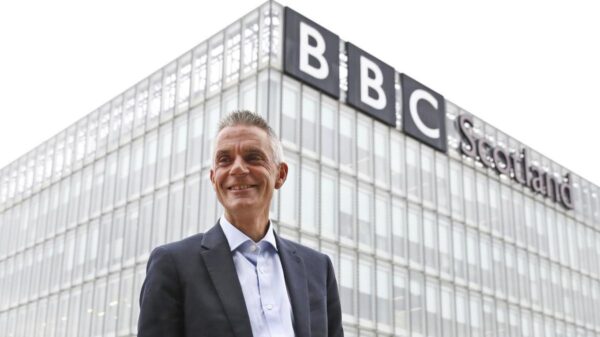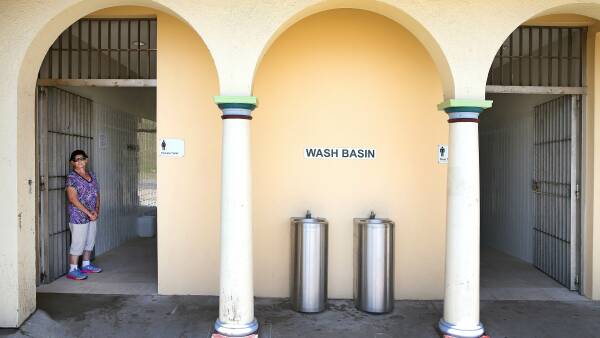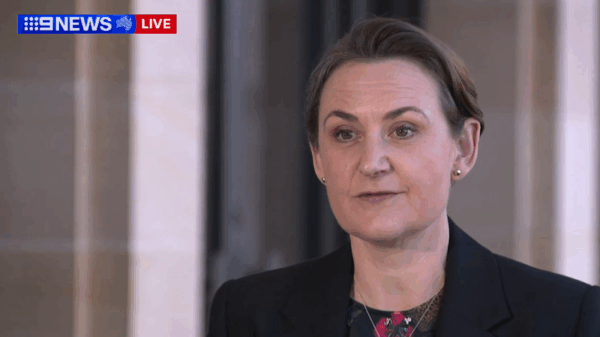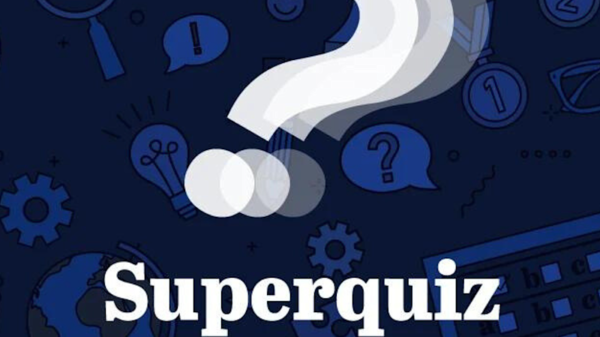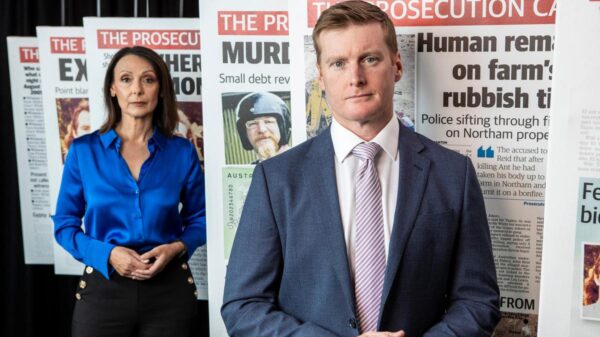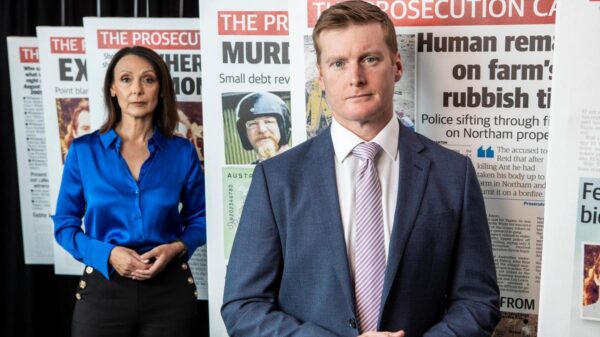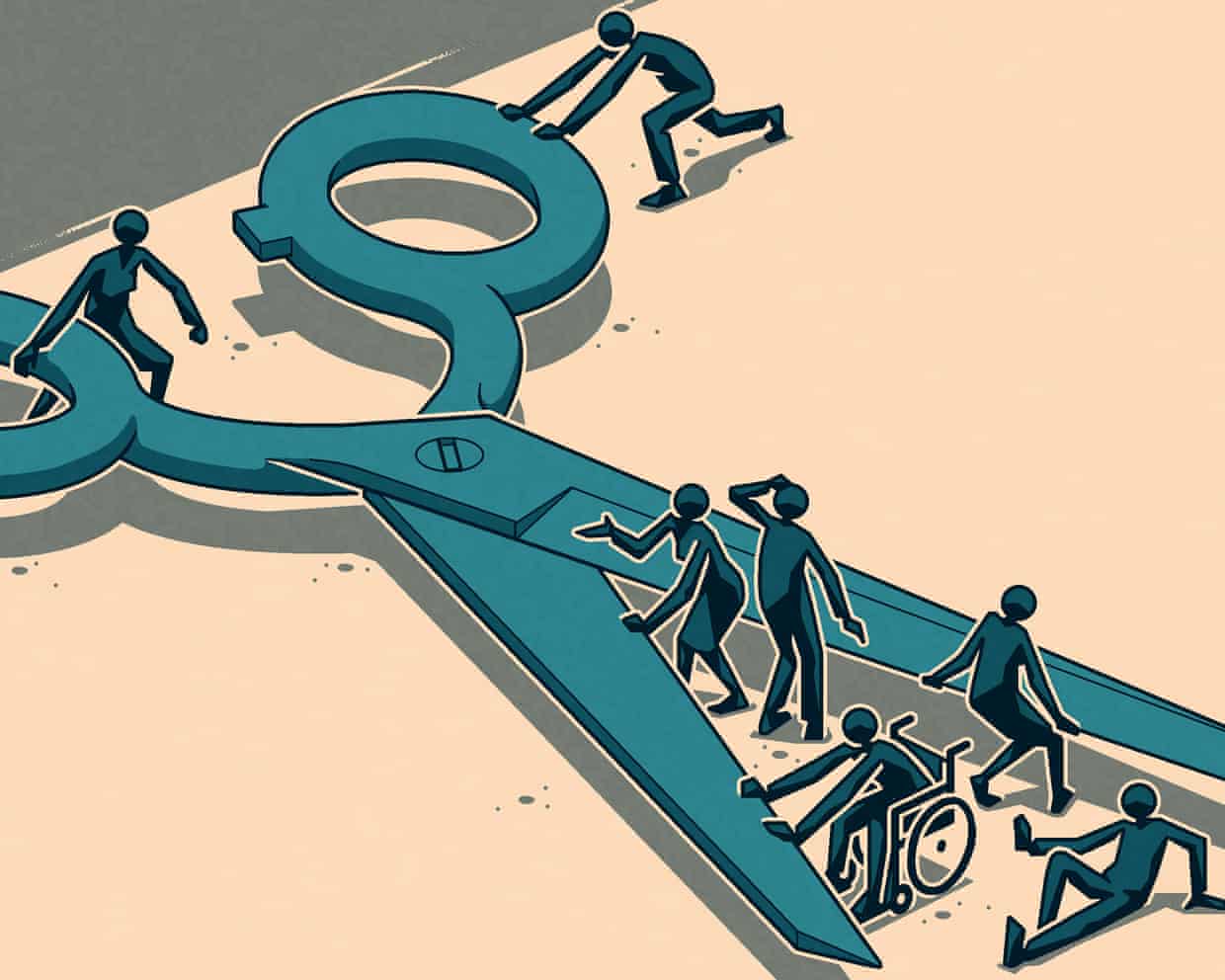As the clock ticks down to the unveiling of the autumn budget, Rachel Reeves will receive her first major assessment on tax and spending plans from the Office for Budget Responsibility (OBR) this Monday. This evaluation is critical, particularly as discussions swirl around a potential fiscal gap of up to £30 billion. The implications for economic growth, inflation, and living standards hang in the balance.
In recent weeks, the bond market has shown signs of optimism, with gilt prices rallying and reducing government borrowing costs. While the OBR’s verdict will be closely monitored, the bond market remains the primary force influencing government financial decisions globally. Lower borrowing costs in the United States have contributed positively to this environment, providing a supportive backdrop for Reeves as she seeks to reassure investors of her commitment to fiscal discipline.
During her recent speech, Reeves acknowledged the necessity of tax increases and potential spending cuts, framing it as essential to maintaining the bond market’s confidence. She emphasized that risking a negative reaction from bond investors could lead to higher borrowing costs, which would be detrimental to the country’s financial stability.
Investors are closely watching Reeves for indications of a tough stance on public spending, as this would send a strong signal of budgetary discipline. A recent analysis from Barclays highlighted that “spending reform is now seen as a totemic issue by the market.” The Labour government, under Keir Starmer, previously faced setbacks when it attempted to cut £5 billion from welfare, an action perceived as a warning signal to the gilt market.
The dilemma for investors lies in balancing the need for fiscal restraint with the potential negative impacts of significant tax hikes on economic growth. Mark Dowding, Chief Investment Officer at RBC BlueBay, noted that excessive tax increases could entrap the UK in a cycle of low growth and high debt. He advocated for welfare cuts to prevent a “culture of benefits dependency,” underscoring the need for reform in public spending.
Reeves must navigate the complex landscape where raising taxes could hinder growth, which is the government’s top priority. While the Bank of England might alleviate some pressure through interest rate cuts, such a strategy carries its own risks. A slowdown in economic activity would diminish tax revenues, adversely affecting living standards and jeopardizing Labour’s re-election prospects.
The narrative around welfare spending often overlooks the broader context. Total welfare expenditures are projected to rise dramatically, from approximately £300 billion to £370 billion by the end of the decade. This increase is primarily driven by demographic shifts and growing health-related benefit claims. Currently, over 24 million individuals receive state support, with pensioners comprising the largest group at 13.1 million recipients.
Despite rising costs, overall working-age welfare spending is expected to remain stable as a percentage of GDP through the end of the decade. Critics argue that portraying welfare as unsustainable while maintaining defense spending levels is misguided. Presently, cash spending on health-related benefits is increasing; however, it constitutes a smaller share of GDP compared to the 1990s.
The consequences of welfare cuts extend beyond financial savings. Evidence suggests that reducing health-related benefits could exacerbate poverty rather than boost employment. Furthermore, stripping financial support from vulnerable populations would likely diminish consumer spending, further straining the economy.
The relationship between public services and economic growth is intricate and interconnected. The discourse surrounding the last election emphasized the need to enhance growth to fund public services, yet this perspective neglects the symbiotic nature of their relationship. The past decade of austerity has made it clear that a robust social safety net is crucial for sustainable economic development.
As Reeves prepares for the OBR’s verdict, she stands at a crossroads where fiscal responsibility and social welfare must align to foster a stable economic environment. Balancing these priorities will be essential for the government’s financial strategy and the country’s future prosperity.


